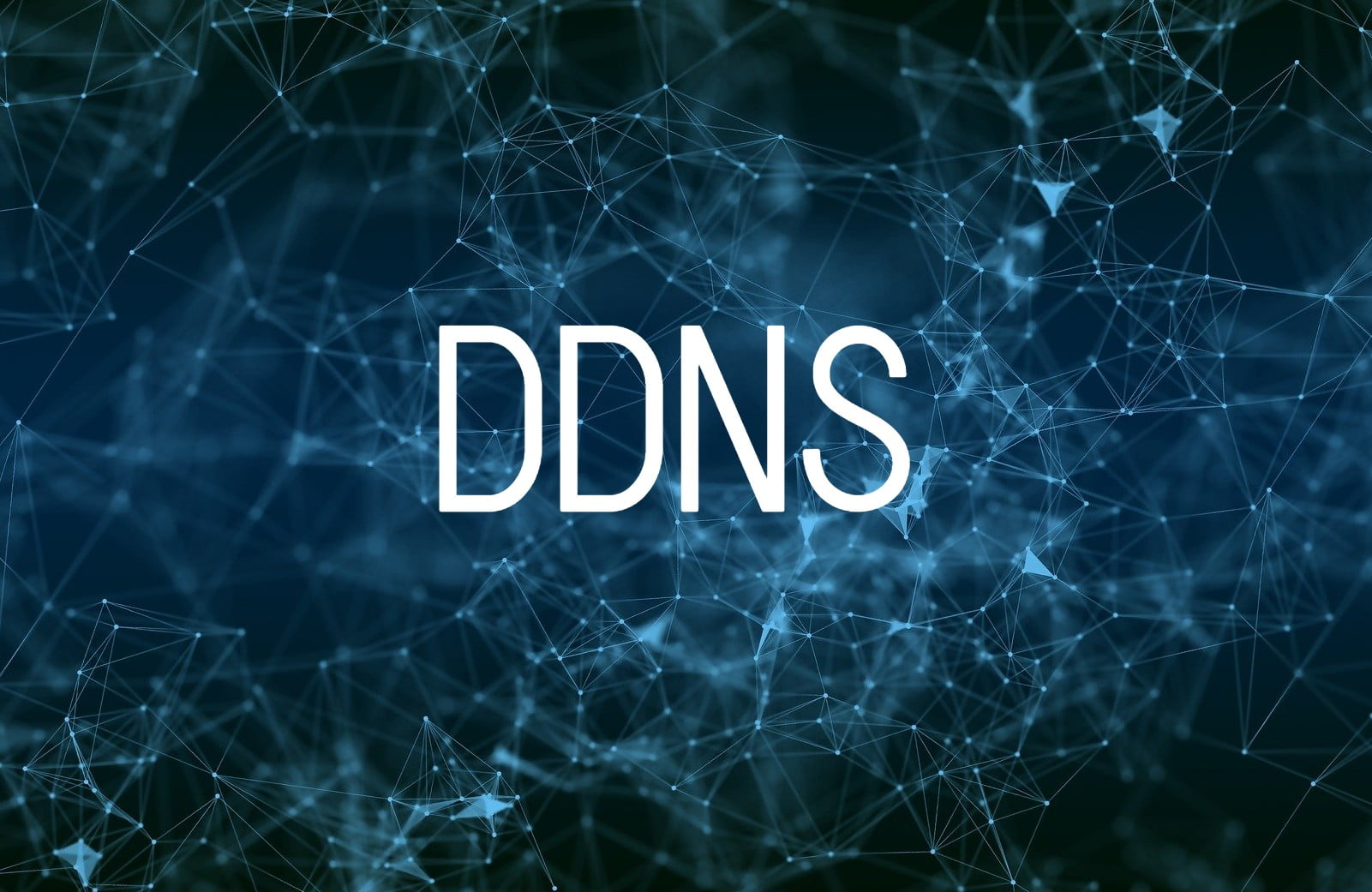
Dynamic DNS ( DDNS or Dynamic DNS ) is a method for automatically updating a name server in the Domain Name System (DNS) in real time with active DDNS configuration of configured host names, addresses or other information. It is standardized by RFC 2136.
The term is used to describe two different concepts. The first is “dynamic DNS updating” which refers to systems used to update DNS without manual editing. These mechanisms are explained in RFC 2136 and use TSIG to make the process secure. The second concept of DDNS makes updates lighter and more immediate, often using an update client, which is not used in the RFC2136 standard for updating DNS records. These clients have an ongoing addressing method for devices that change their location, configuration or IP address frequently.
Imagine if you couldn’t store names in your phone book, only phone numbers. It would be a lot harder for you to find a friend’s phone number, right? With IPs it’s the same thing. It is possible to give it a name, the DNS ( Domain Name Server ).
But imagine if your friend’s phone was always changing. Even though you can search for his name in your address book, it won’t be very helpful if the number is out of date, right? To solve this problem there is DDNS.


